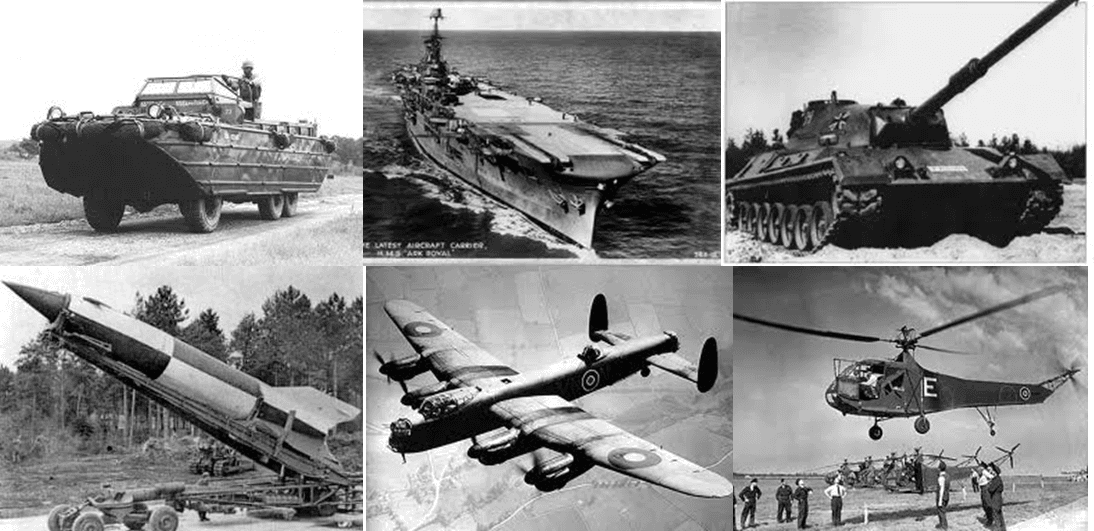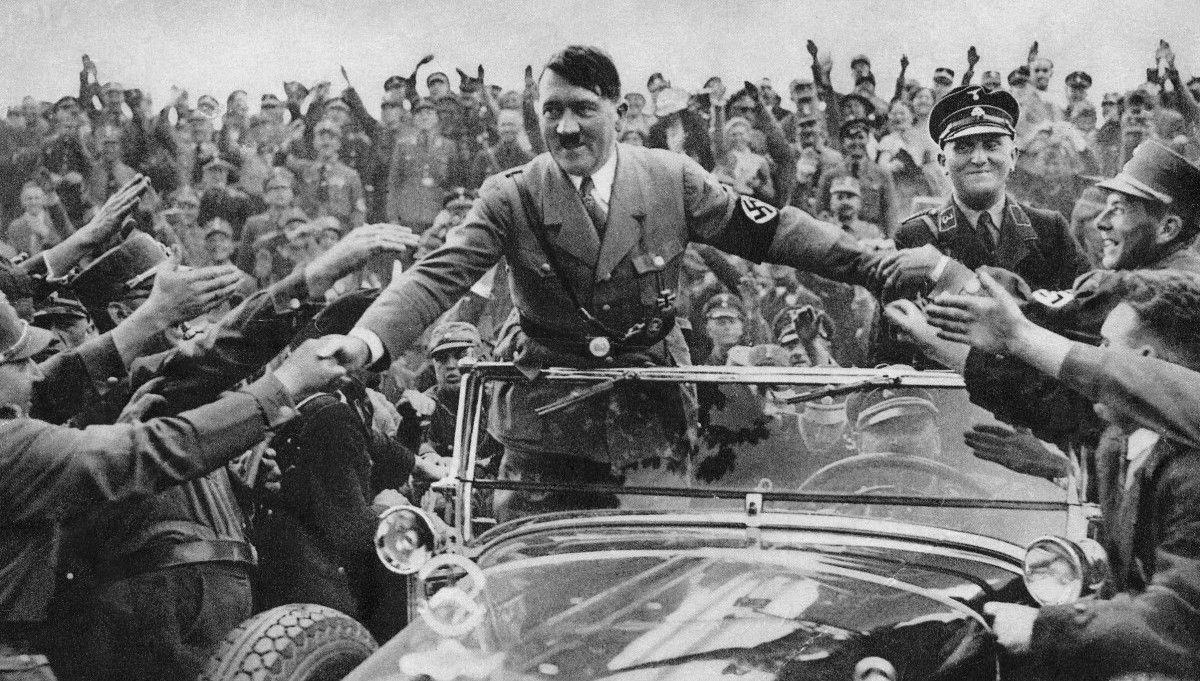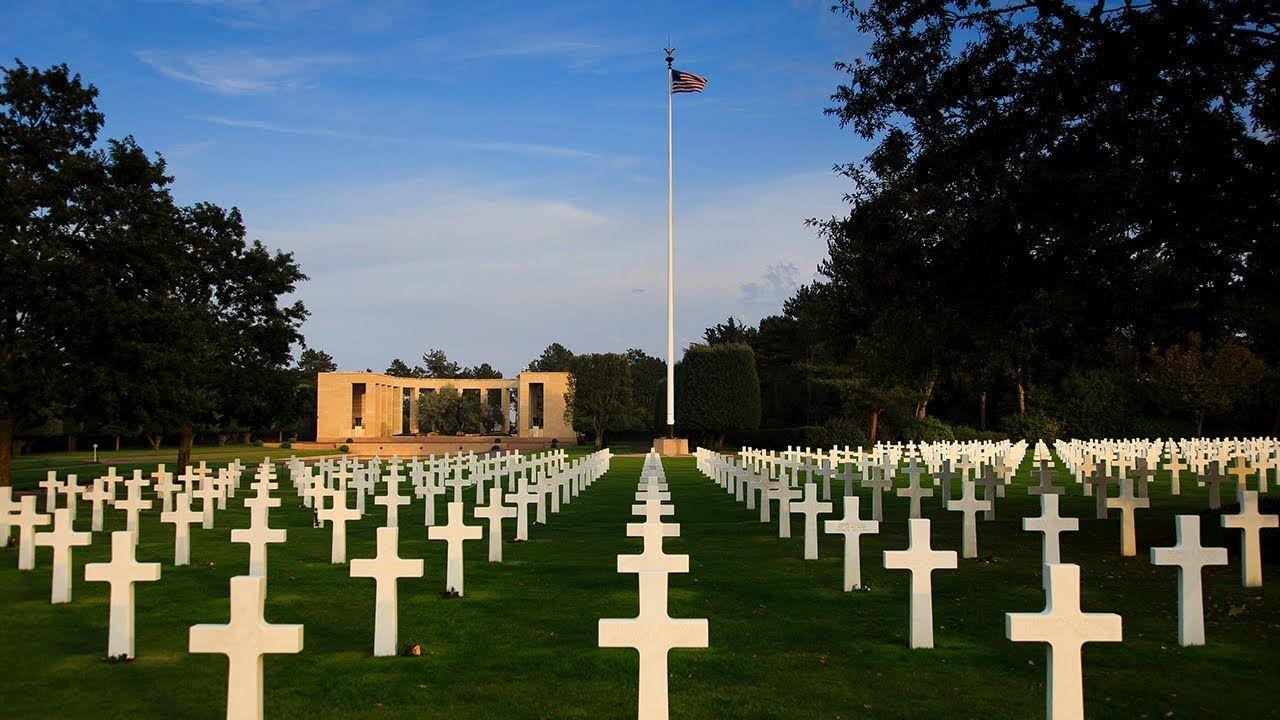World War II, a global conflict from 1939 to 1945, was marked by numerous battles that fundamentally altered the course of history. This cataclysmic event, involving nations across the globe, saw unprecedented military strategies and tactics, leading to significant changes in geopolitical landscapes. This article delves into the key battles of WWII, exploring their strategies, tactics, and outcomes, and their crucial roles in shaping the war's direction and its eventual conclusion.
WWII Major Battles: Key Events
History • 23 Jan, 2024 • 38,512 Views • ⭐ 5.0
Written by Anand Swami

Battle of Stalingrad

The Battle of Stalingrad, from 17 July 1942 to 2 February 1943, was one of the deadliest confrontations in WWII. German and Axis forces aimed to capture the city of Stalingrad, a major industrial and transportation hub. The battle turned into a brutal street-by-street fight, with both sides suffering heavy casualties. Soviet forces, under General Zhukov, employed a successful encirclement strategy named 'Operation Uranus', trapping the German 6th Army.
The Germans, under General Paulus, faced severe starvation and ammunition shortages, ultimately leading to their surrender. This battle marked not only a significant loss of life, with an estimated 2 million casualties but also a strategic defeat for Germany, halting its advance into the Soviet Union and boosting Soviet morale.
HISTORY QUIZ • 10 QUESTIONS • 2 MINS
We've got a History quiz for you!
TAP TO PLAY

Battle of Midway

The Battle of Midway, from 4 to 7 June 1942, was a critical naval battle in the Pacific Theater. After the attack on Pearl Harbor, the Japanese sought to eliminate the U.S. as a strategic power in the Pacific. The U.S., having cracked Japanese naval codes, knew of the planned attack on Midway Atoll. American forces, with significantly fewer ships, used their intelligence advantage to launch a surprise attack on the Japanese fleet.
The U.S. sank four Japanese aircraft carriers, a blow from which the Japanese Navy never fully recovered. This battle is considered a turning point in the Pacific War, as it significantly weakened Japanese naval strength and shifted the balance of power in the Allies' favour.
D-Day: The Normandy Invasion

The D-Day invasion on 6 June 1944 was an extraordinary military operation, involving over 156,000 Allied troops landing on five beachheads named Utah, Omaha, Gold, Juno, and Sword. The operation involved over 6,000 vessels and 11,000 aircraft. Before the landings, extensive aerial and naval bombardments were carried out to soften German defences.
The amphibious landings were preceded by airborne drops to secure key objectives and disrupt German communications. Despite rough seas and strong German fortifications, the Allies successfully established a foothold in Normandy. This operation marked the beginning of the liberation of Western Europe and was a testament to Allied cooperation and military planning.
Battle of Britain

The Battle of Britain, from 10 July to 31 October 1940, was a critical air battle for control of British skies. The Luftwaffe aimed to gain air superiority as a prelude to an invasion. The RAF, although outnumbered, used radar technology and a network of observers to efficiently deploy fighter aircraft. Pilots from across the Commonwealth and occupied Europe joined the RAF in this battle.
The Luftwaffe shifted its focus from airfields to bombing London, a move that ultimately reduced pressure on British airfields. The British victory not only prevented the invasion but also marked the first major defeat for Hitler and a significant morale boost for the Allies.
Battle of El Alamein

The Battle of El Alamein, from 23 October to 11 November 1942, was a turning point in the North African campaign. The British Eighth Army, under General Montgomery, faced the German Afrika Korps, commanded by General Rommel, known as the "Desert Fox". The battle saw extensive use of minefields, creating a static front similar to WWI trench warfare.
Montgomery's carefully planned attack, Operation Lightfoot, involved an initial artillery barrage followed by an infantry advance and then a breakout by armoured divisions. The victory at El Alamein halted Rommel's advance towards the Suez Canal and was a significant boost to Allied morale, leading Winston Churchill to remark, "Before Alamein, we never had a victory. After Alamein, we never had a defeat."
Battle of the Bulge

The Battle of the Bulge, from 16 December 1944 to 25 January 1945, was the last major German offensive on the Western Front. Hitler aimed to drive a wedge between the American and British forces and capture the vital port of Antwerp to disrupt Allied supply lines. The surprise attack led to the creation of a 'bulge' in the Allied front line.
American forces, particularly at Bastogne, held their positions in extremely cold weather and under constant attack. The arrival of General Patton's Third Army was crucial in relieving the besieged troops. The failure of this offensive depleted German resources and hastened the end of the war in Europe.
Battle of Kursk

The Battle of Kursk, from 5 July to 23 August 1943, involved nearly 2 million men and thousands of tanks and aircraft, making it one of the largest battles in history. The Germans, hoping to regain the initiative on the Eastern Front, launched Operation Citadel. The Soviets, aware of German plans, prepared extensive defensive fortifications around Kursk.
The battle is noted for its ferocious tank battles, particularly at Prokhorovka. The Soviet victory at Kursk not only halted the German advance but also demonstrated the growing strength and sophistication of the Red Army, leading to a series of successful Soviet offensives.
Operation Barbarossa

Operation Barbarossa, launched on 22 June 1941, was the largest invasion in the history of warfare. German forces, with over 3 million soldiers, advanced rapidly, capturing millions of Soviet troops. However, the vast distances of the Soviet Union, logistical challenges, and harsh winter conditions slowed the German advance.
The failure to capture key cities like Moscow and Leningrad marked a significant turning point in the war. The Soviet Union's mobilization of its vast resources and population, along with the harsh winter, turned the tide against the German army, which was not prepared for prolonged warfare or the severe Russian winter.
Battle of Iwo Jima

The Battle of Iwo Jima, from 19 February to 26 March 1945, was one of the bloodiest battles in the Pacific War. The island was strategically important as a base for U.S. aircraft to bomb the Japanese mainland. The Japanese, under General Kuribayashi, constructed an extensive network of bunkers, tunnels, and artillery positions, making the American advance costly.
The battle is famously depicted in the photograph of U.S. Marines raising the flag on Mount Suribachi. The capture of Iwo Jima allowed the U.S. to launch air raids on the Japanese home islands and provided a staging area for the eventual invasion of Japan.
Battle of the Atlantic

The Battle of the Atlantic, from September 1939 to May 1945, was a crucial struggle for control of the sea routes between the Americas and Europe. German U-boats aimed to cut off supplies to Britain and the Soviet Union. The Allies used convoys to protect merchant ships, along with improved anti-submarine warfare tactics.
Technological advancements, like radar and sonar, along with the cracking of the Enigma code, played a significant role in turning the tide in favour of the Allies. The successful protection of these supply lines was vital for the Allied war effort, allowing a continuous flow of troops, equipment, and supplies.
Conclusion
The major battles of World War II showcase a spectrum of military strategies and tactics, reflecting the complexity and global scale of the conflict. From the decisive land battles in Stalingrad and El Alamein to the pivotal naval confrontations at Midway and the Atlantic, each conflict played a crucial role in shaping the outcome of the war. These battles not only demonstrate the tactical genius and resilience of the forces involved but also highlight the immense human cost of a war that reshaped our world.
Test your knowledge of History! Visit:
https://4123.play.quizzop.com/history-quiz/category
Rate this article
Other articles you may like
5 Iconic Museums of Modern Art in the World
History • 14 Aug, 2023 • 64,152 Views

Top 5 Cities with Impressive Streets in the World
History • 14 Aug, 2023 • 62,143 Views

7 Architectural Wonders of the Middle East
History • 14 Aug, 2023 • 63,276 Views

The 5 Most Ancient Temples in Tamil Nadu
History • 9 Aug, 2023 • 42,201 Views

Top 6 Mughal Architectural Wonders in India
History • 9 Aug, 2023 • 38,889 Views





